Awareness is critical when it comes to reducing the stigma associated with incontinence and other bladder health conditions and symptoms.
I’ve had many women tell me they don’t seek help about their urinary incontinence because they think either nothing can be done about it, or that it’s a normal part of having children or aging. Neither one of those things are true.
According to the National Association for Incontinence:
- Of the 25 million adult Americans suffering from some form of urinary incontinence, 75-80% of those are women.
- One in four women over the age of 18 experience episodes of leaking urine involuntarily.
- On average, women wait 6.5 years from the first time they experience symptoms until they obtain a diagnosis for their bladder control problem(s).
Waiting so long to seek help may be due in large part to the misconceptions mentioned above, and because of the fear of embarrassment.
Incontinence can be slightly bothersome or totally life altering. For some women, the worry of embarrassment keeps them from enjoying many of their favorite activities which impacts quality of life. It can become costly, as women often pay for special pads, briefs, hygiene and odor control products, laundry costs and more.
Bladder problems and Pelvic Floor Dysfunction (PFD) go hand in hand. Some Common Bladder Conditions:
- Urge Incontinence: the urge to use the bathroom and often not making it in time, the urge to go constantly, ongoing leakage.
- Stress Incontinence: leaking urine when coughing, sneezing, laughing, moving abruptly or when lifting a heavy object.
- Combination Incontinence: experiencing symptoms from both above.
- Painful Urination.
- Inability to completely empty the bladder.
- Chronic urinary tract infections.
- Interstitial Cystitis
Interstitial cystitis
Interstitial cystitis (IC) is a chronic bladder condition that causes pain in your pelvis or bladder. Pain from the bladder can cause pain in the pelvic floor muscles. That pain can cause us to grip and clench against the pain which can cause the pelvic floor muscles to lose their strength and ability to relax, which is pelvic floor dysfunction. So, having either having IC or PFD can put you at the risk for the other.
Certain medications for IC (and other conditions) cause constipation, which can worsen your pelvic floor issues because the bearing down weakens the muscles. Check with your doctor and do your research if you are experiencing constipation.
There are many things that can cause bladder problems, including certain lifestyle factors and/or Pelvic Floor Dysfunction. If PFD is what is causing yours, there is good news! Muscles can be retrained to work properly, often remedying the situation. Changing lifestyle habits can help too.
The Take-Away
The take-away is that bladder issues can cause pelvic floor dysfunction, and pelvic floor dysfunction can cause bladder issues. Either way, making healthy lifestyle choices, being active and keeping the muscles of the pelvic floor healthy and strong, along with neighboring muscles that all support each other, can improve both bladder issues and PFD.



